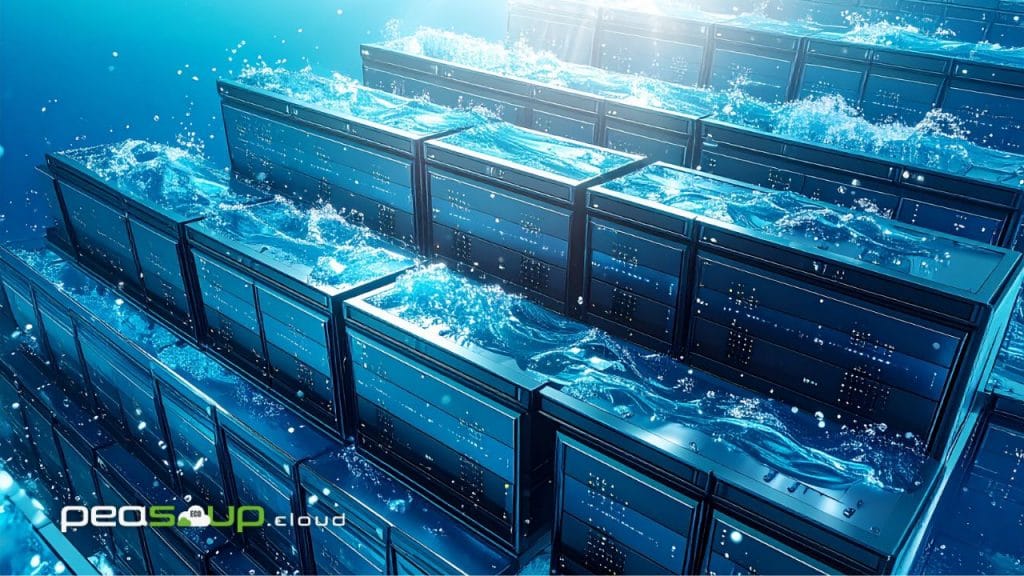S3 compatible storage and advanced cooling
S3 compatible storage and advanced cooling
What’s Next for Sustainable Data Centres?
A Fresh Look at S3-Compatible Storage and Cooling Innovation.
We’ve all seen the headlines — data is growing at an insane rate, and data centres are doing their best to keep up. But with great data comes great responsibility. Power-hungry server rooms and ageing infrastructure aren’t doing the planet any favours, which is why sustainability is becoming a top priority in the tech space.
We have also seen news around S3-compatible storage and sustainable modern cooling methods like liquid immersion. And yes, these are powerful tools. But how do they fit into the bigger picture?
Let’s take a step back and talk about where we really stand when it comes to making data centres greener, smarter, and more future-proof.
S3-Compatible Storage – Smart, Scalable… and Just the Beginning
S3-compatible storage (based on Amazon’s Simple Storage Service API) makes storing and accessing data way more flexible. It plays nicely with cloud and hybrid setups, scales easily, and simplifies data management across different environments.
But here’s the catch – just using S3-compatible storage doesn’t automatically make your data centre green.
So what’s missing?
- Power source matters. You could be running the most efficient storage software, but if your servers are powered by coal, sustainability goes out the window.
- More data = more power. S3 storage can encourage massive data growth. Without proper data lifecycle management, you might end up storing too much unnecessary data, and using more energy than you need.
- Hardware still plays a role. S3 works across all kinds of hardware, and if that hardware isn’t energy-efficient, it’s a lost opportunity.
Bottom line?
S3 compatibility sets the stage for smart storage, but to go green, it needs to be part of a larger, eco-focused infrastructure plan.
Liquid Cooling Is Cool… But It’s Not Mainstream (Yet)
Liquid immersion cooling, where hardware is submerged in special fluid to keep it from overheating, is one of the coolest (pun intended) innovations in the data world. It can reduce cooling-related energy use by up to 95%, which is huge.
So why isn’t everyone using it?
- Cost. Upfront investment is a bit higher, especially for smaller companies.
- Learning curve. It’s a new concept for many IT teams. Air cooling is familiar; immersion? Not so much.
- Integration issues. Retrofitting an old server room to handle immersion cooling isn’t always easy.
But even with these challenges, the momentum is building — and once more, companies see the long-term savings, it’s likely we’ll see wider adoption.
The Bigger Picture – Sustainability Is a Team Effort
Tech alone won’t get us to a greener future. People, policies, and planning have to play a role, too.
Here’s what we need to think about:
- Training IT teams to handle newer, greener tech like immersion cooling or modular storage
- Creating clear regulations and green standards for data centres
- Encouraging companies to audit their energy use and carbon footprint, and make that information public
- Designing smarter storage policies (like auto-archiving or deletion) to reduce data bloat
Moving Forward: Practical, Balanced, and Greener
Let’s be real — not every data centre can overhaul its infrastructure overnight. But small steps matter.
Here’s what companies can do today:
- Choose energy-efficient hardware for new storage deployments
- Use S3-compatible solutions that support smart data management and hybrid cloud strategies
- Start planning for the future integration of green cooling systems
- Focus on powering data centres with renewables wherever possible
Final Thoughts
Green Tech Needs Green Thinking
The future of sustainable data storage isn’t just about tech. It’s about strategy, mindset, and long-term planning. S3-compatible storage and advanced cooling are exciting tools, but their real power comes when they’re used as part of a thoughtful, environmentally conscious approach.
Sustainability isn’t a one-time upgrade. It’s an ongoing journey, and it starts with asking better questions, making smarter choices, and thinking beyond just the specs.

